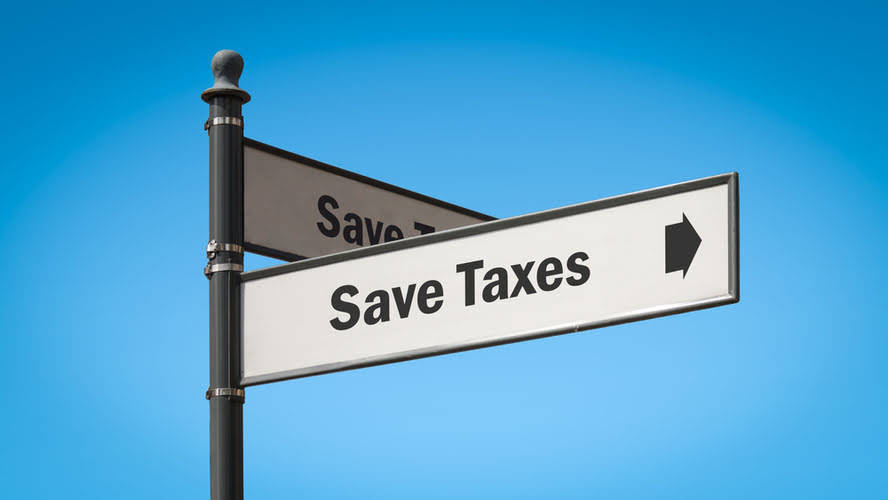Content

Cash flow refers to the cash that comes into, or the cash inflow, and the cash that goes out, or cash outflow, of a business. Companies can either have a positive cash flow or a negative cash flow. A positive cash flow occurs when the business brings in more https://www.bookstime.com/articles/what-is-a-schedule-c cash than it gives out. A negative cash flow occurs when the business sends out more cash that it receives. Cash flow differs from profit such that profit refers to the amount that is calculated after all business expenses are deducted from the revenue.
- The cash flow statement, also called the statement of cash flows, is a financial statement showing how cash flows in and out of a company over a specific period of time.
- A cash flow statement is a regular financial statement telling you how much cash you have on hand for a specific period.
- On top of that, if you plan on securing a loan or line of credit, you’ll need up-to-date cash flow statements to apply.
- The positive number of $2,306,727 indicates that the project could generate a return higher than the initial cost—a positive return on the investment.
- What seemed to be a profitable venture and what seemed to be a small cash issue, turned out to be bankrupt.
- Wise multi-currency accounts allow you to manage all your currencies and subscriptions in one place.
The major limitation of discounted cash flow analysis is that it involves estimates, not actual figures. That means that for DCF to be useful, individual investors and companies must estimate a discount rate and cash flows correctly. To calculate OCF, earnings before interest and taxes, or EBIT, must be determined.
Cash Flows from Financing
These activities may include buying and selling inventory and supplies, along with paying its employees their salaries. Any other forms of inflows cash flow definition and example and outflows such as investments, debts, and dividends are not included. Cash flow from investing is listed on a company’s cash flow statement.
While it gives you more liquidity now, there are negative reasons you may have that money—for instance, by taking on a large loan to bail out your failing business. For some businesses, especially larger ones with good cash reserves, cash flow isn’t an existential risk. However, it can still limit growth potential, preventing expansion into profitable new areas and limiting business agility. This can be true even in companies with dedicated teams managing accounts receivable and accounts payable, if the business strategy isn’t fully optimised.
Creating a cash flow statement from your income statement and balance sheet
The investing cash flow section also shows the cash flows from other investing activities. Importantly, capital expenditures are accounted for immediately on the cash flow statement. But the expenses are spread out over several years on the income statement. When you remove all non-cash items from the net income, you get the operating cash flow.

If we assume that everything else remains the same and there are no further equipment purchases, EBITDA and FCF will be equal again the following year. Discounted cash flow analysis can provide investors and companies with an idea of whether a proposed investment is worthwhile. Adding up all of the discounted cash flows results in a value of $13,306,727. By subtracting the initial investment of $11 million from that value, we get a net present value (NPV) of $2,306,727. The investor must also determine an appropriate discount rate for the DCF model, which will vary depending on the project or investment under consideration. Factors such as the company or investor’s risk profile and the conditions of the capital markets can affect the discount rate chosen.
Discounted Cash Flow (DCF) Explained With Formula and Examples
Using the direct method, you keep a record of cash as it enters and leaves your business, then use that information at the end of the month to prepare a statement of cash flow. The cash flow statement takes that monthly expense and reverses it—so you see how much cash you have on hand in reality, not how much you’ve spent in theory. First, let’s take a closer look at what cash flow statements do for your business, and why they’re so important.
- Most companies report using the indirect method, although some will use the direct method (see CVS’s 2022 annual report here).
- Because FCF accounts for changes in working capital, it can provide important insights into the value of a company and the health of its fundamental trends.
- This can help users account for different projections that might be possible.
- This section reports cash flows and outflows that stem directly from a company’s main business activities.
- The cash flow statement includes the “bottom line,” recorded as the net increase/decrease in cash and cash equivalents (CCE).
- When revenues or expenses are generated, it does not mean cash was generated.
Cash inflow refers to the money a business receives.⁴ Essentially, it’s the income that is generated through the business and its daily activities. Companies pay close attention to their CF and seek to manage it as carefully as possible. Cash Flow has many uses in both operating a business and in performing financial analysis. In fact, it’s one of the most important metrics in all of finance and accounting.
What Is Discounted Cash Flow (DCF)?
Since it’s simpler than the direct method, many small businesses prefer this approach. Also, when using the indirect method, you do not have to go back and reconcile your statements with the direct method. You can think of cash flow as being like the flow of water into and out of a lake, with some rivers feeding into it and others flowing out of it. If the inflow and outflow of water are roughly equal, the lake will remain at a constant level.
A cash flow statement tells you how much cash is entering and leaving your business in a given period. We sum up the three sections of the cash flow statement to find the net cash increase or decrease for the given time period. This amount is then added to the opening cash balance to derive the closing cash balance. This amount will be reported in the balance sheet statement under the current assets section.
After forecasting the expected cash flows, selecting a discount rate, discounting those cash flows, and totaling them, NPV then deducts the upfront cost of the investment from the DCF. For instance, if the cost of purchasing the investment in our above example were $200, then the NPV of that investment would be $248.68 minus $200, or $48.68. Dividend discount models, such as the Gordon Growth Model (GGM) for valuing stocks, are other analysis examples that use discounted cash flows. Using the DCF formula, the calculated discounted cash flows for the project are as follows.

Cash flow from operations is the amount of cash generated from the normal functions of the business. There are three types of cash flow used to measure the business’s financial health across various aspects. Multi-currency payments, in particular, can get difficult to manage when monitoring cash outflow, if different methods are being used. When CapEx increases, it generally means there is a reduction in cash flow. But that’s not always a bad thing, as it may indicate that a company is making investment into its future operations. Investors and analysts should use good judgment when evaluating changes to working capital, as some companies may try to boost up their cash flow before reporting periods.